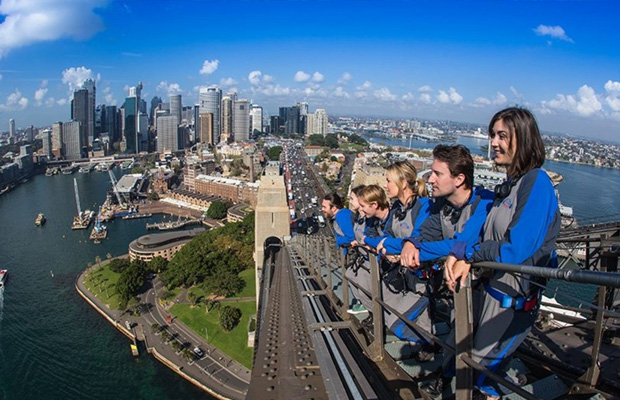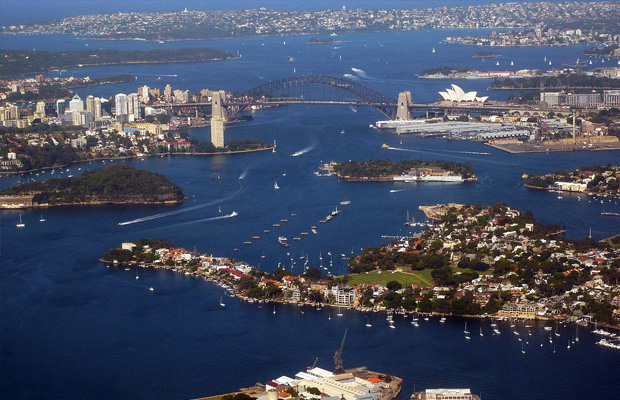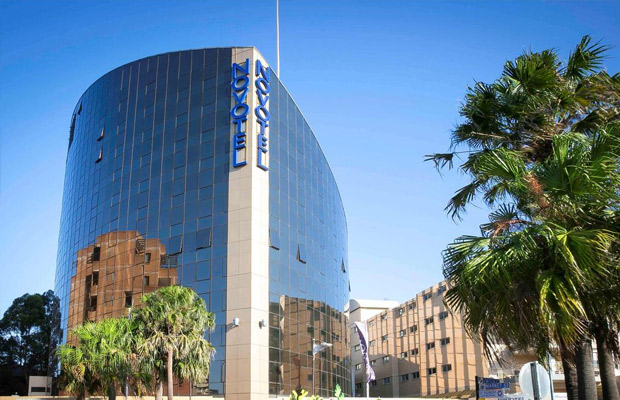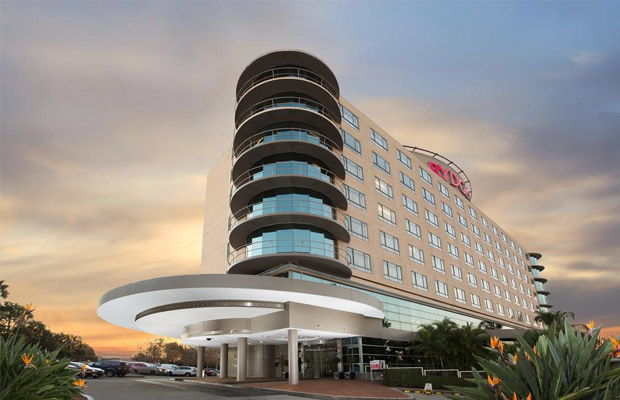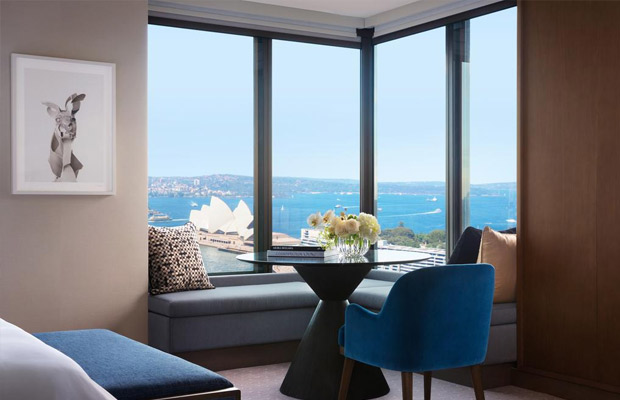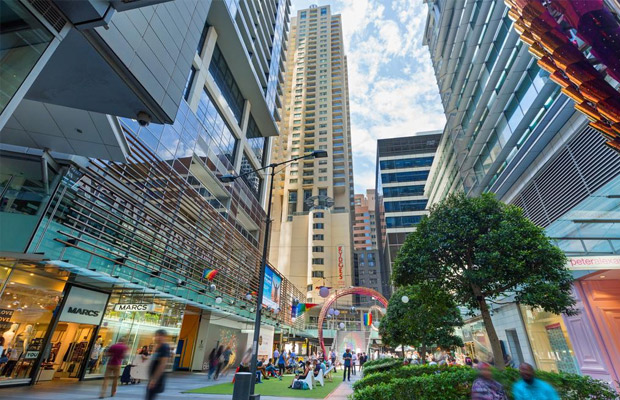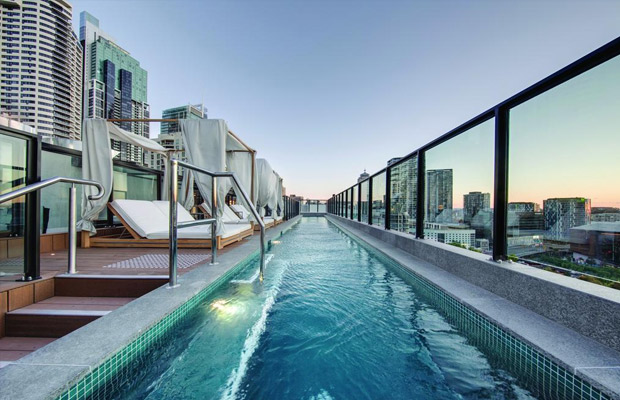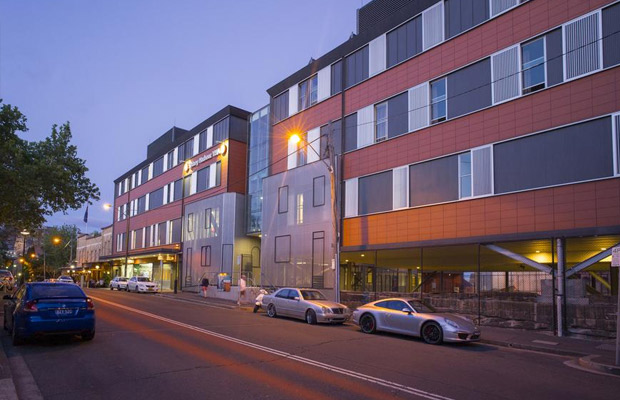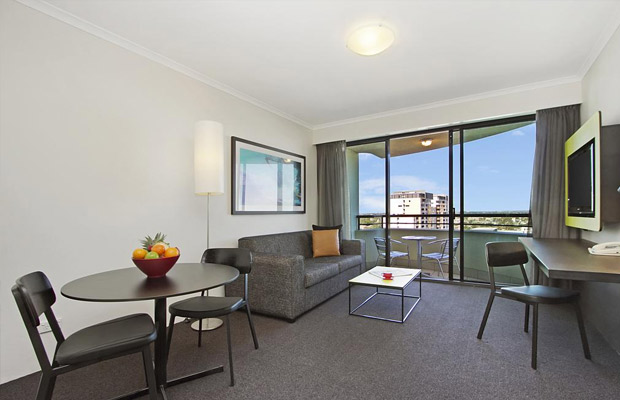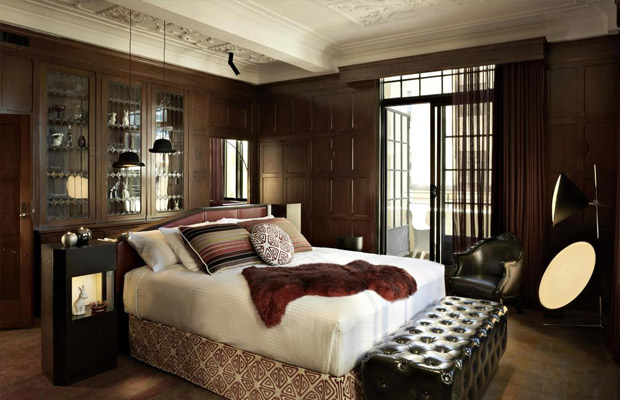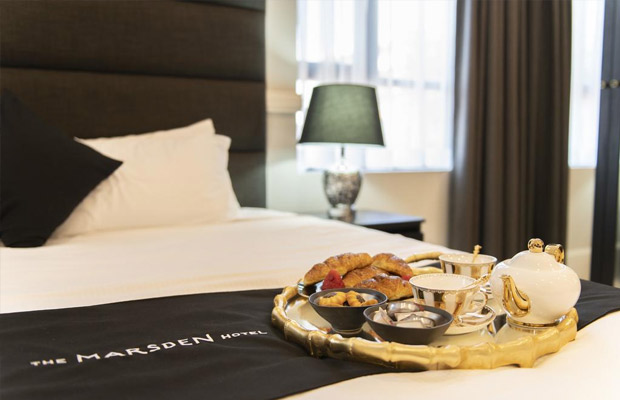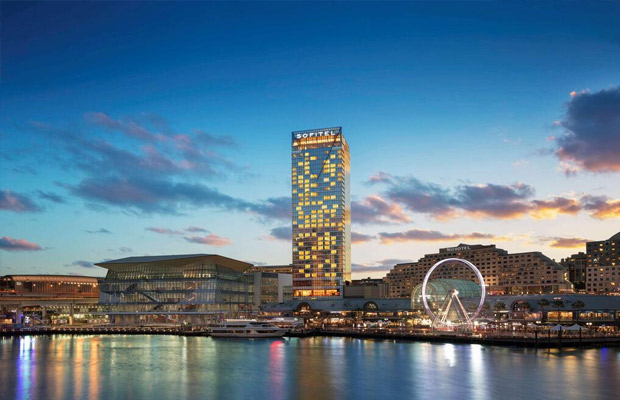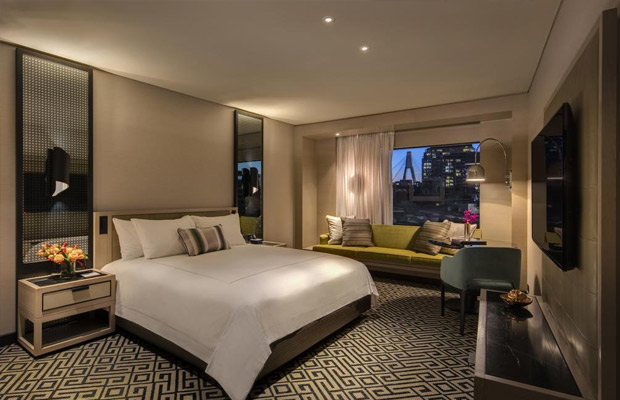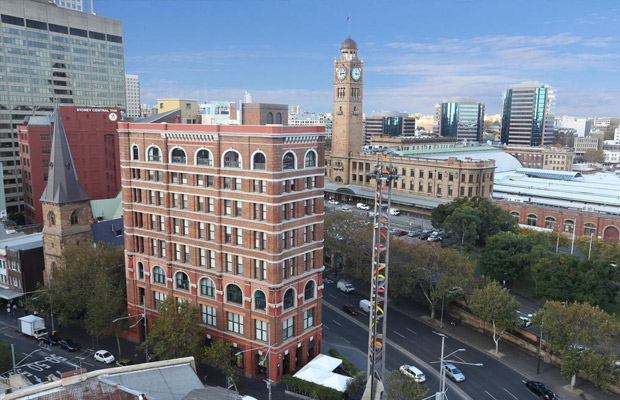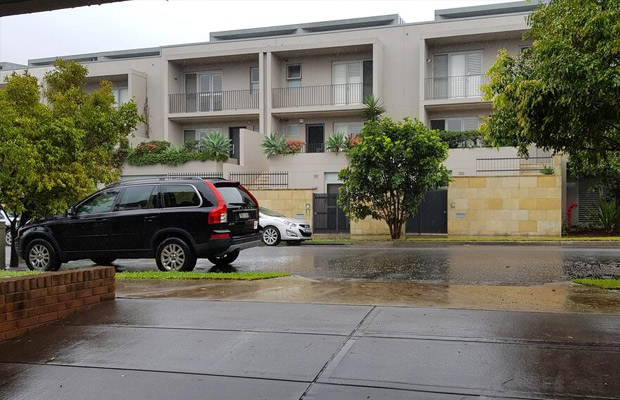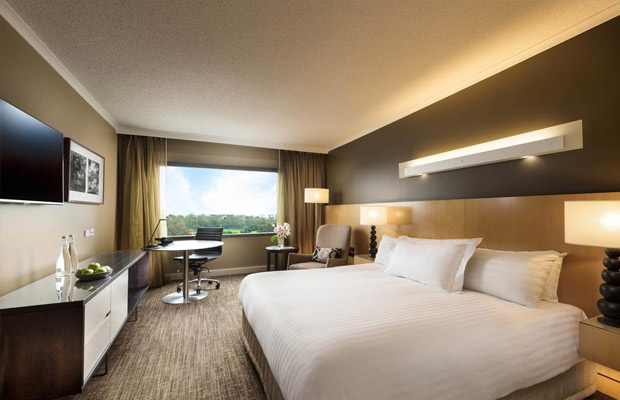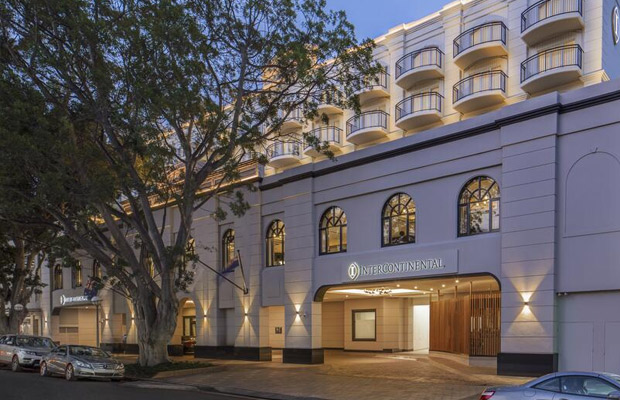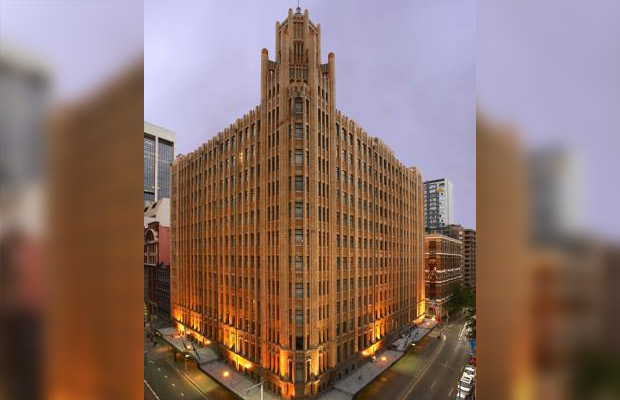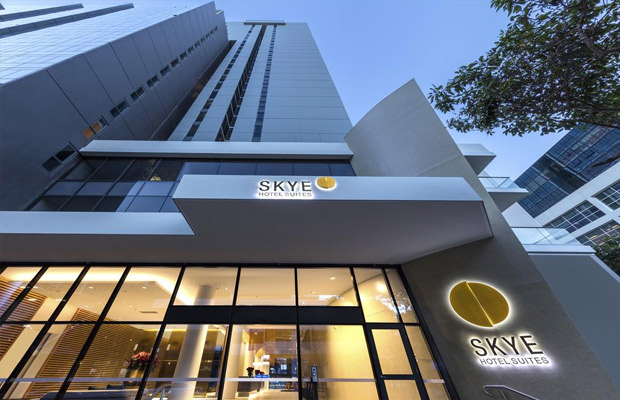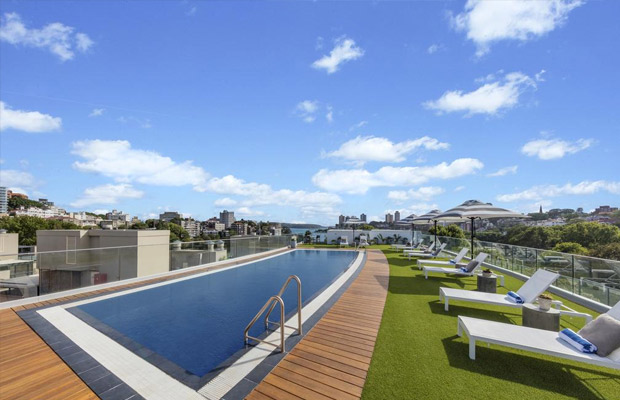Chinese Garden of Friendship
Chinese Garden of Friendship
Australia
Sydney
Sydney Travel Guide
Book Tour & Activities
Your tour in Sydney.
Book your stay
Your hotel in Sydney.
Overview
The Chinese Garden of Friendship is a heritage-listed 1.03-hectare Chinese garden at 1 Harbour Street, in the Sydney central business district, City of Sydney, New South Wales, Australia.
Modelled after the classic private gardens of the Ming Dynasty, the garden offers an insight into Chinese heritage and culture. It was designed by Guangzhou Garden Planning & Building Design Institute, Tsang & Lee, and Edmond Bull & Corkery and built from 1986 to 1988 by Gutteridge Haskins & Davey; the Darling Harbour Authority; Imperial Gardens; Leightons; and Australian Native Landscapes. The gardens were added to the New South Wales State Heritage Register on 5 October 2018. The Chinese Garden of Friendship was designed by Sydney's Chinese sister city, Guangzhou in China. Sydney's Chinatown complements the area's already rich in Chinese heritage and culture. The garden was officially opened 17 January 1988 as part of Sydney's Bicentennial Celebrations and named the Chinese Garden of Friendship symbolising the bond established between China and Australia.
History
The Aboriginal name for Darling Harbour is Tumbalong.
Prior to colonisation the site was open water adjacent to a low lying swampy area. From about 1850 to 1984 the site was filled-in and used as industrial land.
The land that would become the Chinese Garden of Friendship is in Cockle Bay and was progressively reclaimed and industrialised from the early years of the 19th century. Industries included ship building and repairs around the edges of the water, while further inland predominant uses were engineering workshops, metal foundries and food milling factories.
The site was first developed as Mort's Fresh Food & Ice Company in the 1850s with internationally significant developments in refrigeration technology arising from this period. Late 19th century light industrial buildings on the site and in its vicinity were demolished in 1985 as part of the Bicentenary redevelopment of Darling Harbour. This site history is uncommon for overseas Chinese gardens, which are typically located in existing parklands. The exception is several gardens in Hong Kong that were built in the 1970s-80s on reclaimed waterside industrial land.
The Landscape Section of the NSW Public Works, Government Architect's Branch were directly involved in development and construction of the garden. Oi Choong, then Head of the Landscape Section, notes that along with the Mount Tomah Botanic Garden, the Australian Botanic Garden Mount Annan and Bicentennial Park, Homebush Bay, the Chinese Garden of Friendship is one of the few seminal landscapes built to celebrate Australia's bicentenary.
The Chinese Garden of Friendship was formally opened to the public in 1988 during the Bicentennial celebrations. It was the culmination of years of lobbying by Sydney's Chinese communities, and a complex design and construction process undertaken jointly by the Guangzhou Garden Planning & Design Institute and the Darling Harbour Authority.
Henry Tsang OAM, a leading figure in Sydney's Chinese community, a member of Sydney City Council (1991-1999), and the New South Wales Legislative Council (1999-2009), had advocated the establishment of a Chinese garden in Sydney since the 1970s. At that time, overseas Chinese gardens were first established in Hong Kong and Singapore. In the early 1980s, the grounds of Sydney's two oldest Chinese temples (Tze Yup temple in Glebe, and Yiu Ming temple in Alexandria) were embellished with new boundary walls and pailou (gates). At the same time, the local Chinese community in British Columbia had succeeded in having a Chinese garden established in Vancouver, which opened in 1982.
With the announcement in 1984 of the redevelopment of Darling Harbour to align with the upcoming 1988 bicentenary of colonisation, the local Chinese community lobbied the NSW government for a garden site in Darling Harbour. Tsang approached Neville Wran, the then Premier of New South Wales (1976-1986), to allocate an area of crown land for a traditional Chinese garden to celebrate the role of the Chinese community in developing Australia's commercial and social structures since the early 19th century. Tsang and the local Chinese community were able to secure from Wran a site adjacent to Chinatown in Haymarket, and helped facilitate an intergovernmental relationship between the Province of Guangdong and State of New South Wales to jointly fund, design and construct the new garden.
The relationship between Sydney and Guangzhou (previously Romanized as Canton), the capital of Guangdong province, is particularly strong because of trade and migration since the earliest days of colonisation. The agreement stipulated Guangdong would provide the design of the garden and key building materials, furniture and artworks that are intrinsic to the classic garden typology, while New South Wales would manage and fund its construction through the Darling Harbour Authority.
The garden design is a built and horticultural expression of a private garden, sometimes described as a scholar's or classical garden.
Garden typologies created over the last thousand years from the Song to the Qin dynasties demonstrate many historical, philosophical and regional variations. For instance, the cold climate Northern garden styles favour deciduous plant species and an urban character, while the warmer temperate climates of the Southern styles are marked by lusher sub-tropical plantings. Southern styles are sometimes called Cantonese, from their associations with Guangdong, Guangxi and Hainan provinces and Hong Kong and Macau, or Lingnam, meaning "south of the mountains", referring to the region's location south of the Five Ranges of the Yangtze Valley. Generally, a private garden is a place of retreat and reflection, poetry, art, calligraphy and horticulture.
The Garden of Friendship design weaves the principles of auspicious positioning and orientation to channel positive qi energy through the garden; provides a preferred large and central water body to capture positive energy otherwise expressed as wealth and prosperity; demonstrates the placement of landforms to block unfavourable weather while opening the garden to the positive movement of the sun; places pavilions around the water body to reflect upon and disseminate the positive energy stored within the water body; and establishes key visual connections between the host and guest pavilions and landscape. A 2004 feng shui assessment of the garden considered it as a reflection of these design principles and as an embodiment of the five elemental relationships between water, earth, air, wood and steel.
There is considerable documentation of the challenges with building the garden, from the initial Cantonese concept drawings and their conversion into Australian-style construction drawings; sourcing local trades people with the skills to undertake very unusual construction methodologies; finding suitable local building materials; importing special materials from China such as artworks, furniture, tiles and feature rocks; and the politics of Chinese working on the site within the strict union rules and regulations of the time.
The garden was formally opened on 17 January 1988, at the commencement of the Bicentennial celebrations that strongly focused on Australia's achievements as a multi-cultural society with an official theme of "Living Together". It was first such garden in the southern hemisphere, the second in an English-language settler society after Vancouver, and among the earliest in the world.
This process of "translation", in which a Southern-style garden was recontextualised in the setting of the new Darling Harbour development, brought together a unique fusion of Cantonese and Sydneysider styles, materials, artisanship and horticultural practices. In the spirit of "translation", the garden's plantings have evolved greatly since that time. It was very raw when opened and being a new landscape was overplanted in the expectation that natural losses would occur. It has prospered, and over time plants have had to be removed to give others around them room to expand, and to preserve particular visual connections.
Like any living garden, the Garden of Friendship is continually changing, and these dynamic processes are actively managed to retain the original design spirit and integrity while allowing its evolution in response to climatic and social changes, and the natural life cycles of living plants.
Key elements within the townscape setting for the Garden of Friendship are Tumbalong Park and Tumbalong Boulevard. Tumbalong Park is a key link in the qi line from the garden to Cockle Bay, while the boulevard is the effective buffer between the garden and the very large International Convention Centre Sydney structures. The qi line has been marked since 2017 by a bronze strip across the stage in Tumbalong Park symbolically linking the garden with the parkland and the waters of Darling Harbour.
Launching The Chinese Garden of Friendship's 30th Anniversary in 2018, the initiative of Minister Victor Dominello with the Chinese Gardens Advisory Panel welcomed key community leaders and representatives to celebrate Chinese New Year during a magical auspicious evening that marks CNY in one of the city's key cultural places. 2018 will see the garden's planned development plans and community collaboration in building a prosperous future for the Gardens.[6] The gardens held a festival to celebrate 30-year anniversary with events between 29 September to 14 October 2018.
On 4 October 2018 Dominello, as Minister for Services and Property, used an event celebrating the Garden's 30th anniversary as an opportunity to announce that Gabrielle Upton MP, Minister for Heritage had recently added the place on the State Heritage Register. The event was well attended by the Heritage Council with the Chair, Deputy Chair, Mark Dunn, Louise Cox, Bruce Pettman, and with Prof Richard Mackay amongst a strong Chinese community presence.
Located in: Darling Harbour
Address: Pier Street, Cnr Harbour St, Darling Harbour NSW 2000, Australia
Area: 1 ha
Phone: +61 2 9240 8888
Video Travel Inspiration
See Chinese Garden of Friendship on Map
Most Popular Cities

Siem Reap
Cambodia
Ho Chi Minh City
Vietnam
Beijing
China
Paris
France
London
United Kingdom
New York
USA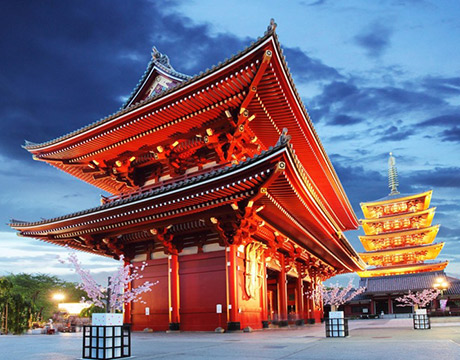
Tokyo
Japan
Bangkok
Thailand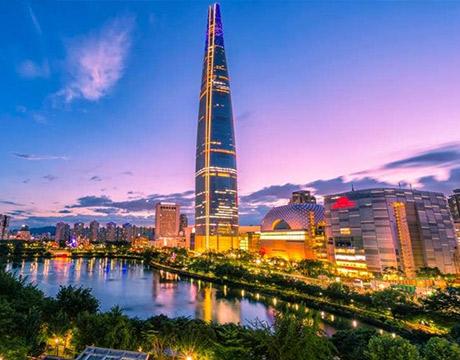
Seoul
South Korea
Vientiane
Laos
Yangon
Myanmar
Washington DC
USA
Los Angeles
USA
Ottawa
Canada
New Delhi
India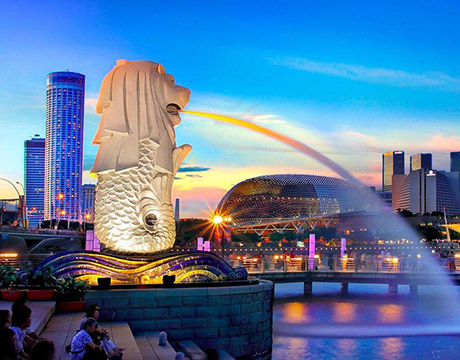
Singapore
Singapore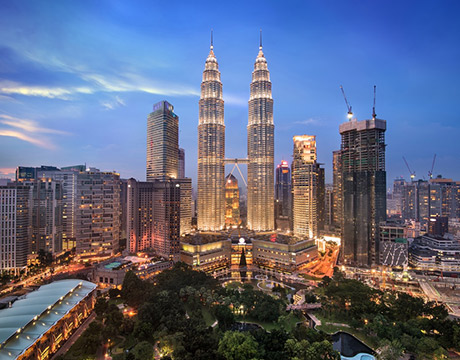
Kuala Lumpur
Malaysia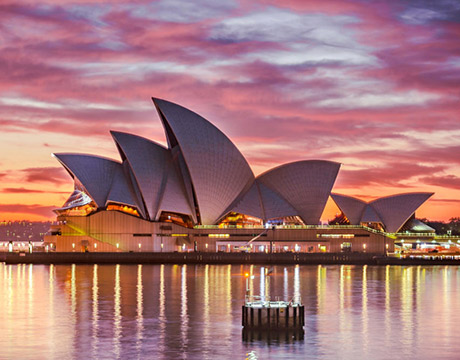
 English
English French
French Khmer
Khmer Thai
Thai Vietnamese
Vietnamese Chinese
Chinese Korean
Korean German
German Japanese
Japanese Italian
Italian Russian
Russian Spanish
Spanish Dutch
Dutch Indonesian
Indonesian Malay
Malay


